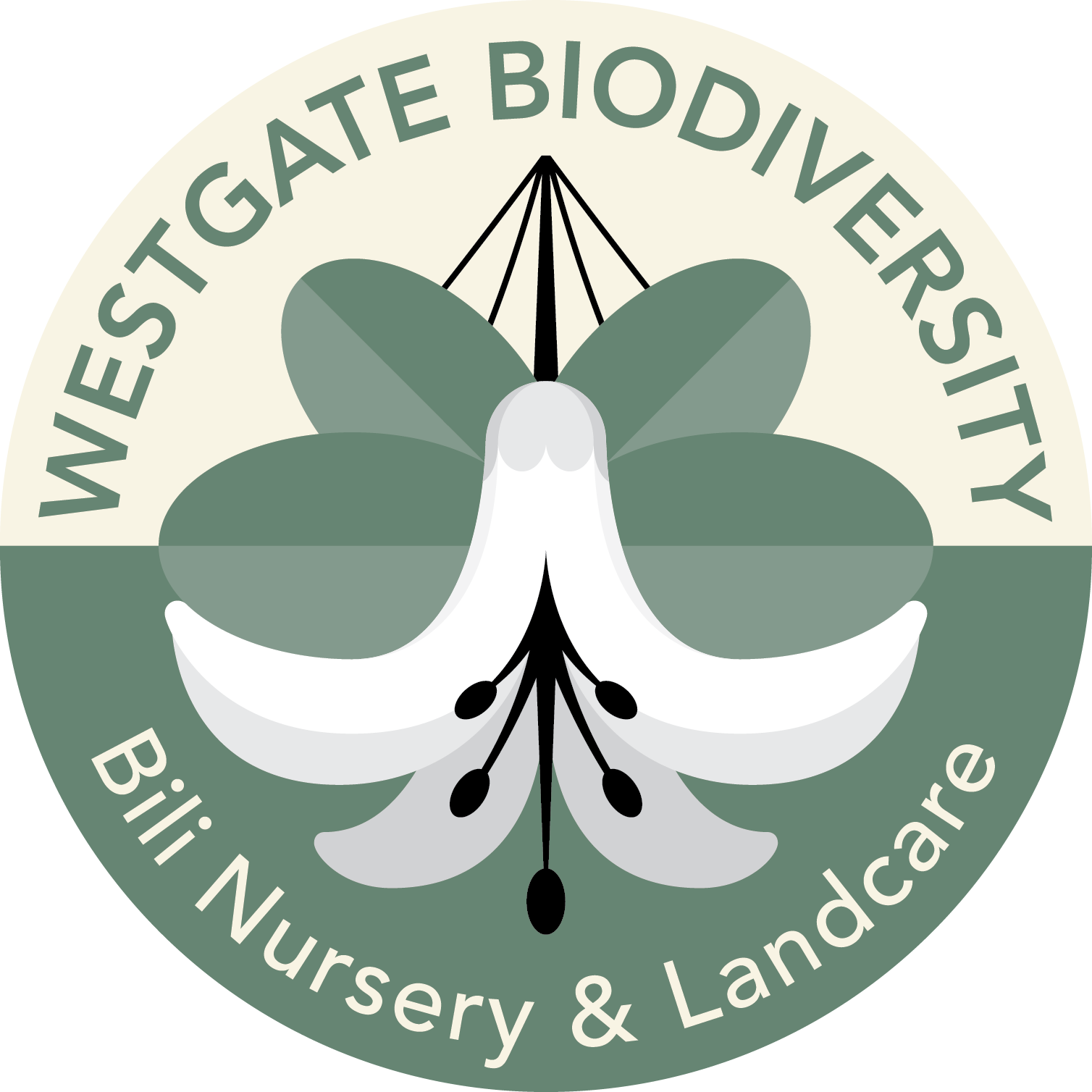May 1 bird survey
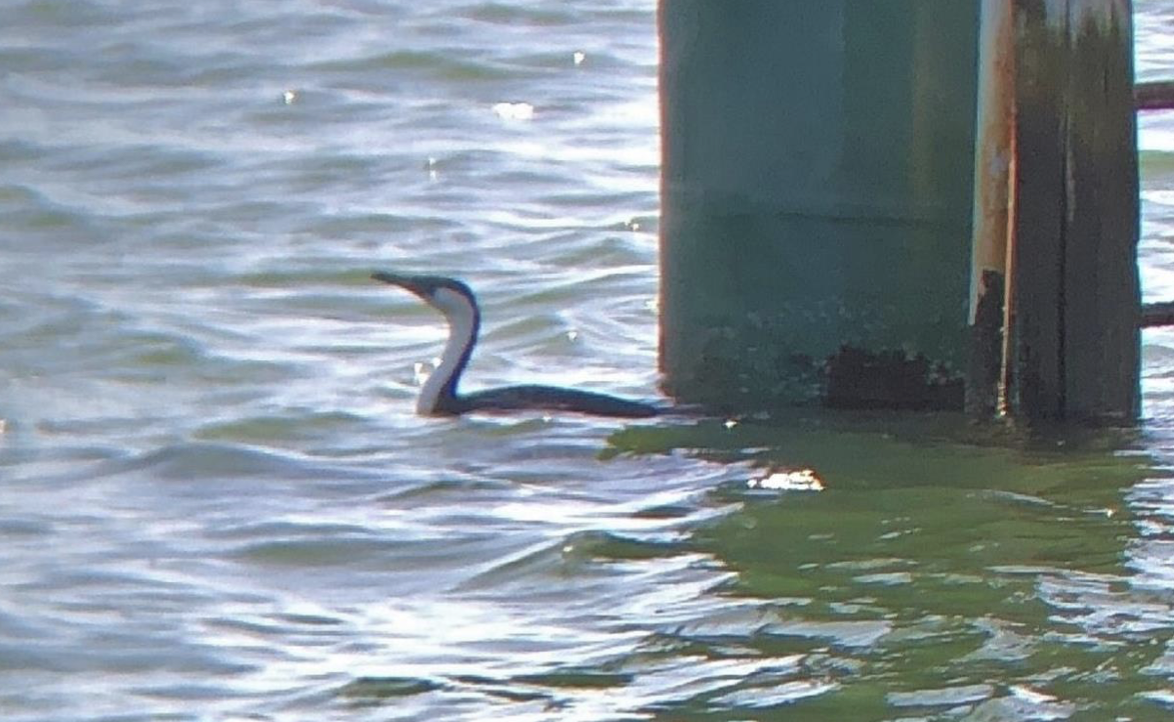
After a wetter than usual April with a total of over 100 mm rainfall, the water level is high in both large lakes. This has provided particularly favorable conditions for deep water diving feeders in the large freshwater lake. Birds such as Australasian and Hoary-headed Grebes and Hardheads are currently plentiful, and have been accompanied by a single female Musk Duck – a rarely seen visitor in the park that first appeared in January this year.
The high rainfall also reduced the extreme salinity of the saltwater lake, resulting in a higher than usual number of waterbirds there, especially Eurasian Coots.
Conditions were also good for land-based birds with lots of flowering eucalypts providing nectar for a high number of New Holland Honeyeaters. Superb Fairy-wrens were noticeably plentiful with today’s count being the highest ever recorded for this species, a total of 124. Their numbers in Westgate Park have been gradually increasing over the 16+ years we have been undertaking these monthly bird surveys.
A Black-faced Cormorant was observed by Elke Link on 17 March (see the April report) in the Yarra River on the Westgate Park side. She noted at the time there appeared to be plenty of fish, which the cormorant was successfully feeding on before flying off towards the bay. After seeing a good sized snapper being hauled in by a fisherman on the Yarra River bank, it appears that the water quality in the river is very good now. Hopefully more reports on feeding seabirds in the Yarra will appear soon.
April 3 bird survey
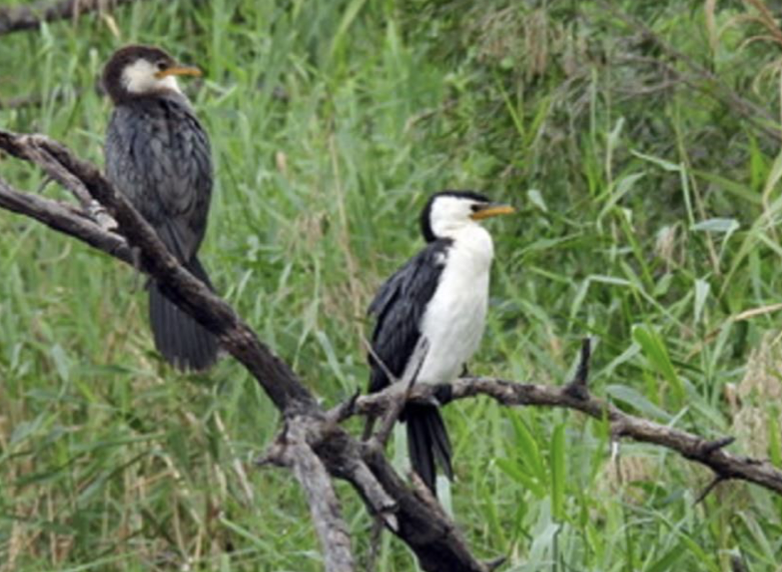
Recent rains have freshened the park, which looks excellent. On the day of the survey, volunteers were weeding, collecting litter and maintaining tracks. The female Rose Robin has been present for a week or more. It was also interesting to see two Rufous Fantails feeding with a flock of eight Grey Fantails, and a Darter flying overhead.
Another point of interest: there are very few blue Superb Fairy Wrens at present in the park.
Comment by Andrew McCutcheon: On my recent travels I have visited several areas that are strongholds for Superb Fairy-wrens including Chiltern, Canberra Botanic Gardens, Mallacoota, and our block at Black Range in NSW, where I was able to identify which was the alpha (breeding) male in a large family group by its black markings on the face and bright blue tail. In all these locations I did not see one male wren in blue plumage; all have changed back into their eclipse plumage. This appears to be consistent with today’s bird count at Westgate Park, indicating some stress in environmental conditions or habitat. This is probably due to less food resources being available.
New in
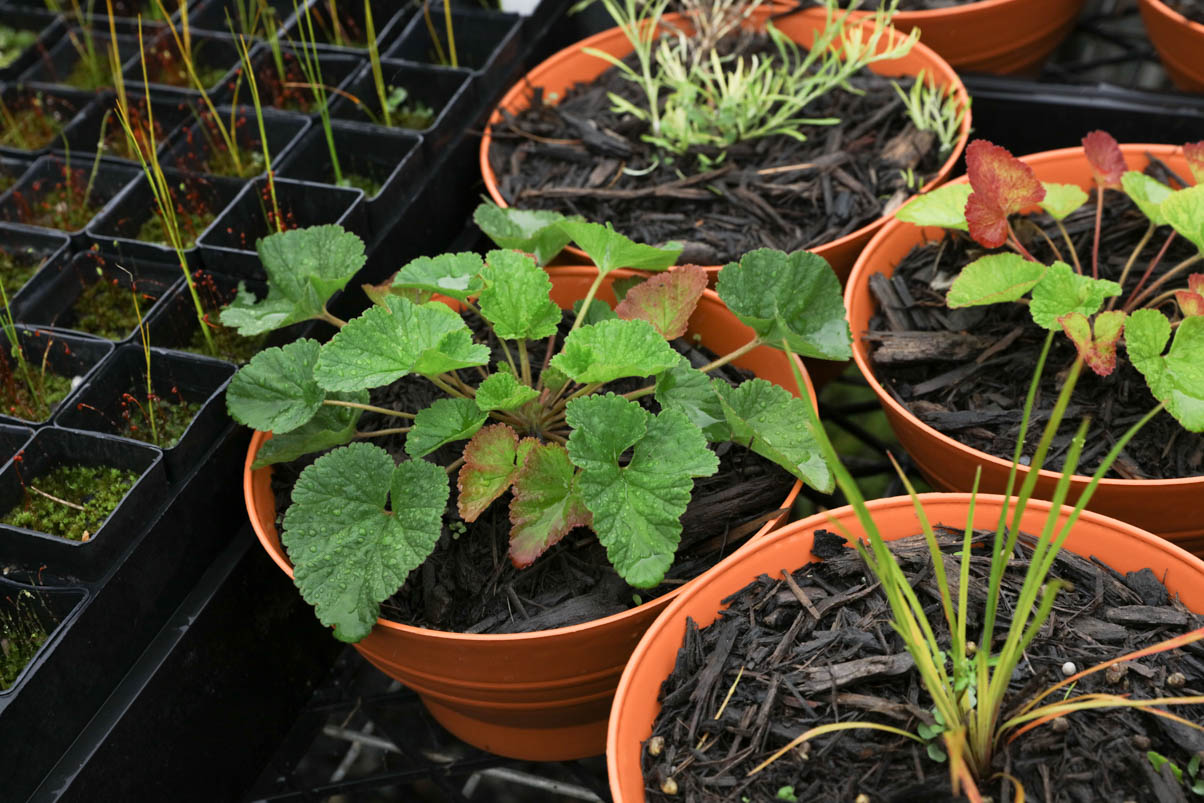
| We have in stock these high-quality terra-cotta-coloured plastic pots, filled with plants that are perfect for balcony gardens. The pots are good for keeping the soil moist and we have topped them with good mulch. |

Wetlands and why we love them
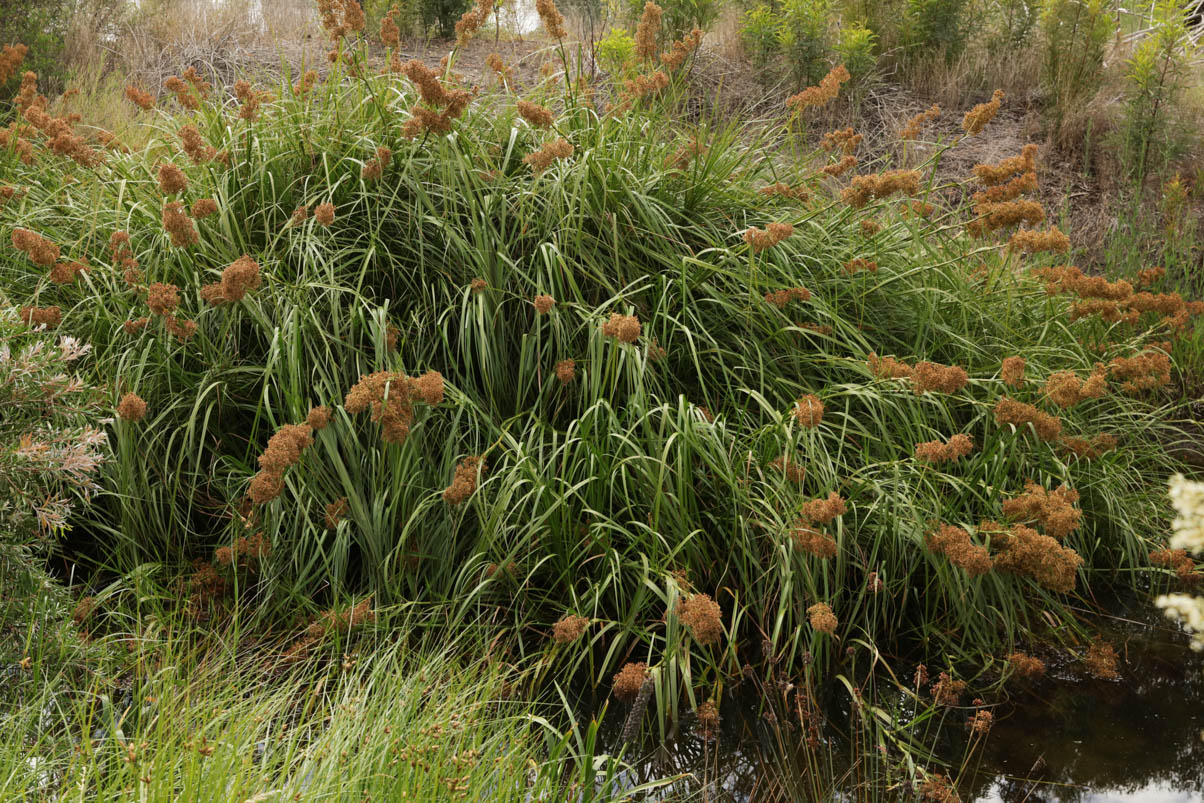
Large areas of Victoria’s wetlands have been cleared and drained over time so it is not surprising that some aquatic species have become rare.
Sedges, rushes and aquatic herbs grow in wet or swampy areas – bogs, ponds and lake edges – providing excellent habitat for frogs, turtles, skinks, birds and many insects. A third of the area of Westgate Park is in wetlands and we grow and plant over 50 species in and around water.
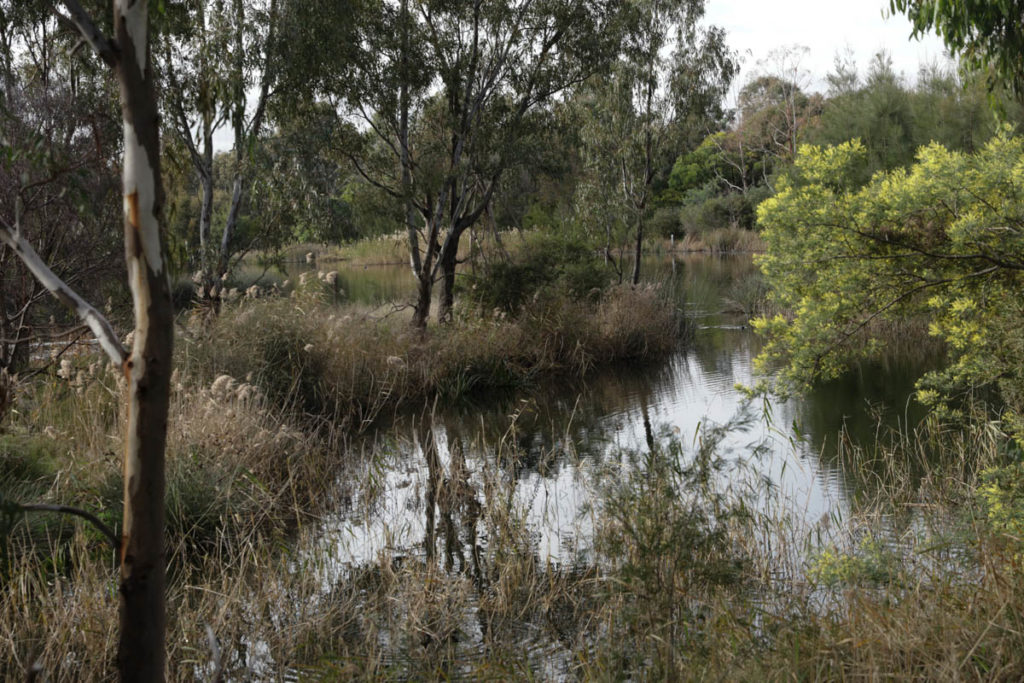
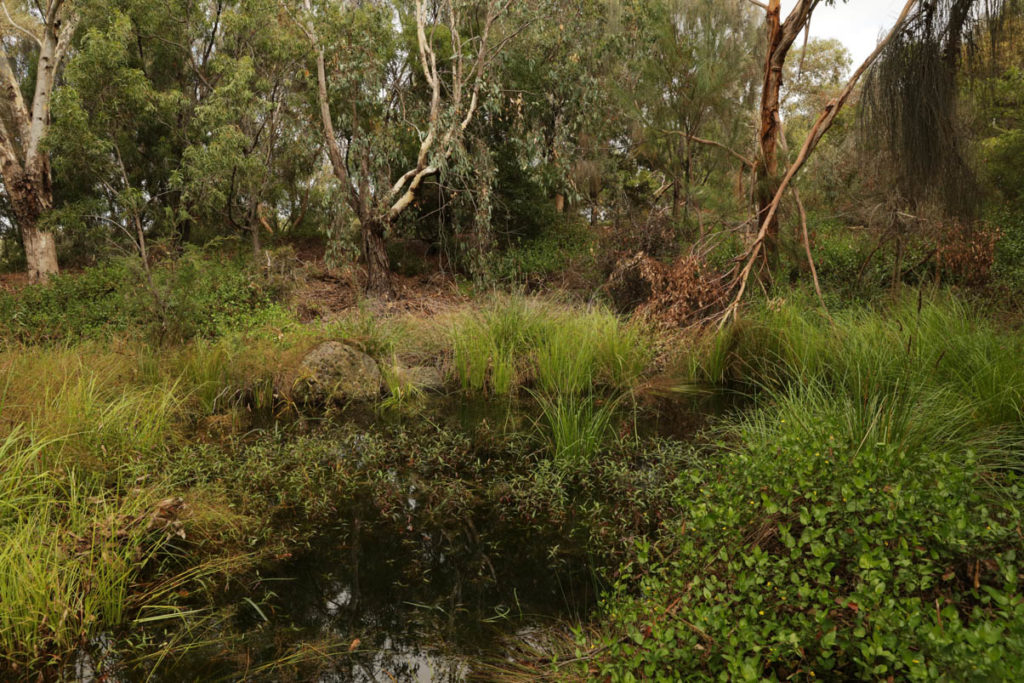
The largest and most spectacular of the sedges is Cladium procerum – Leafy Twig-sedge – now listed as Rare in Victoria. It grows in several spots in the Park.
Bili Nursery has, for the first time, had success in propagating them by vegetive methods – growing the ‘pups’ or plantlets in a bog method where pots sit in 10cm of water on 25oC heat beds.
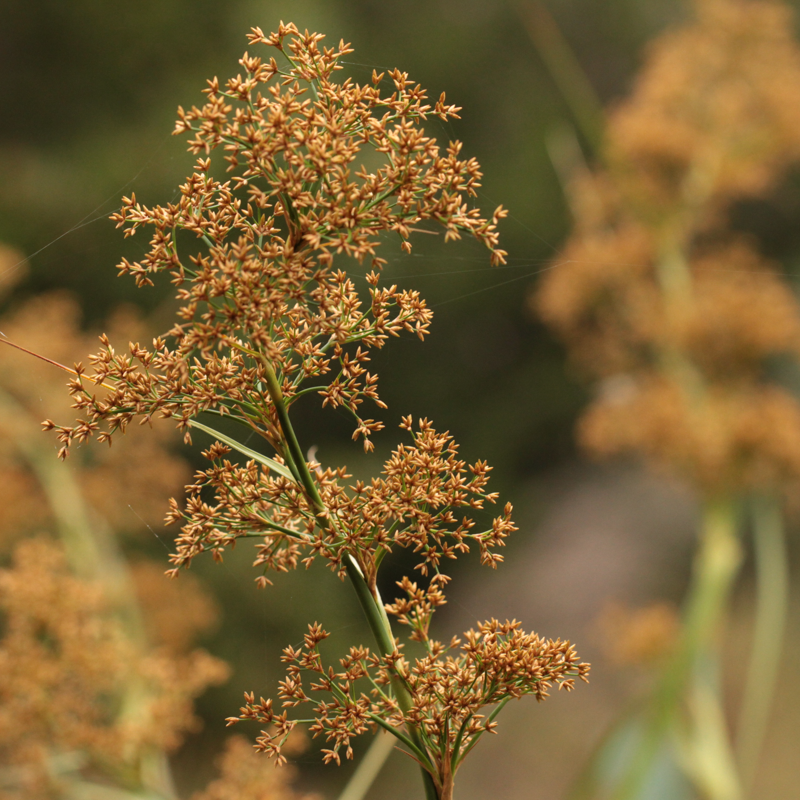
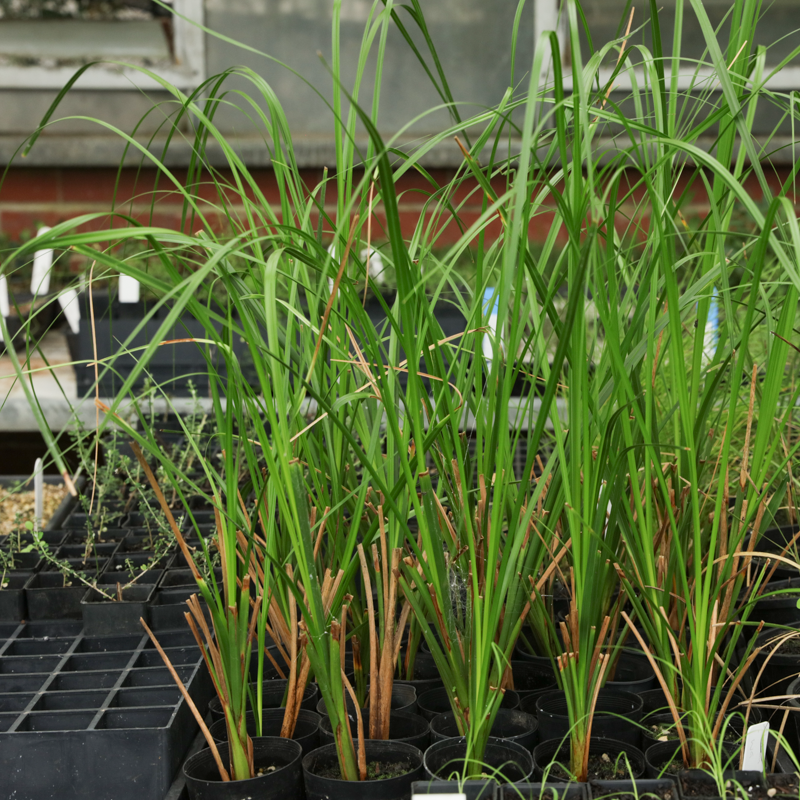
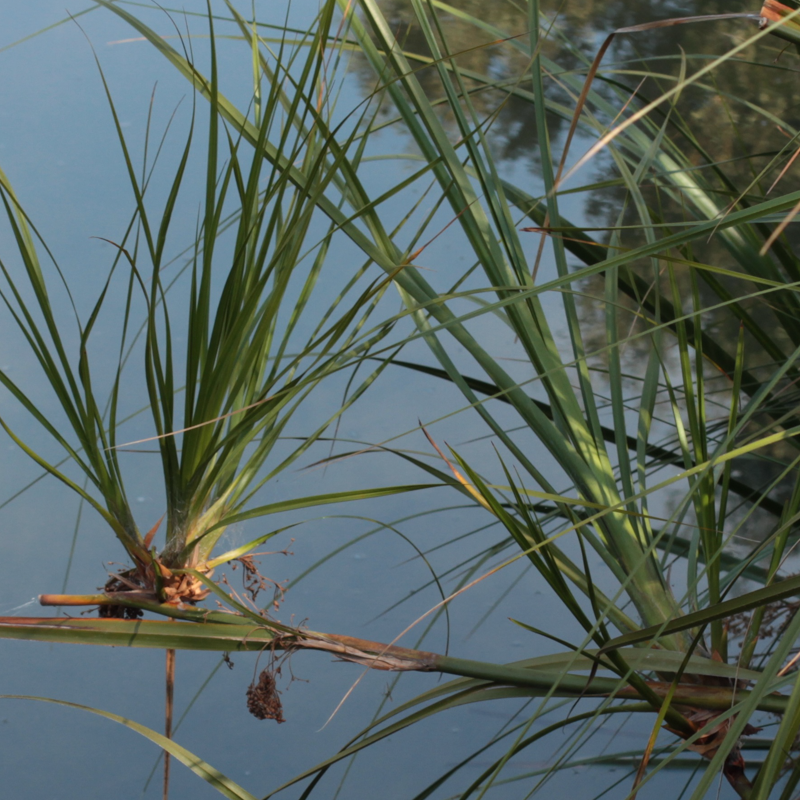
Weedy vine tackled

Araujia sericifera – Moth or milky vine – used to be a garden favourite but like so many weeds, it is a huge pest. It has been coming into the Park and we discovered the source is next door – the former Herald and Weekly Times printing works which have been empty for some time.
Araujia sericifera comes from South America, it climbs up to 2 meters, it’s tough, produces masses of seeds and has toxic sticky milky sap.
That’s why we pulled it out this week. Thank you George, Jackie and David!
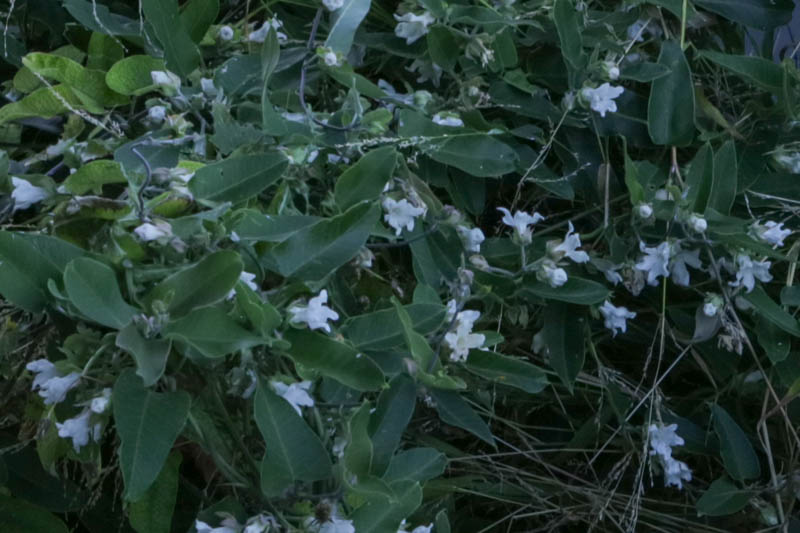

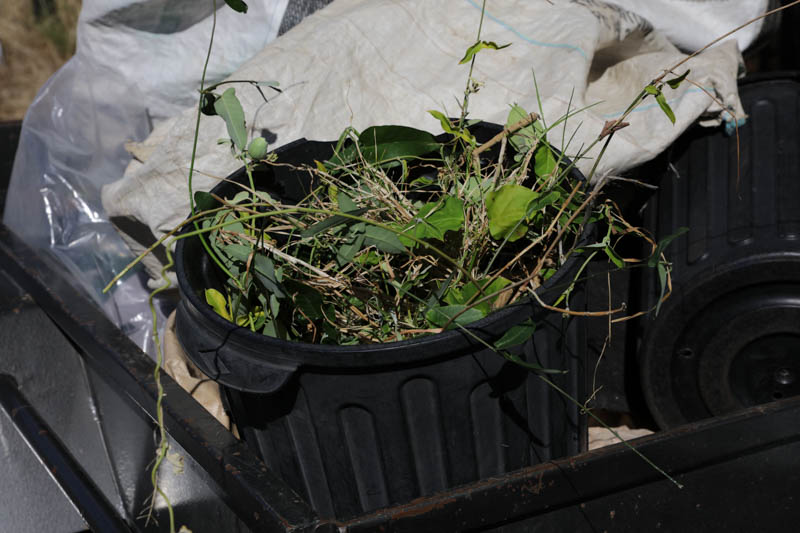
Disappearing plants
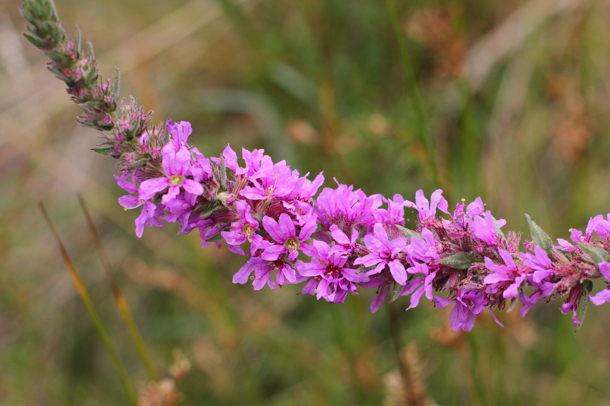
Though not listed as threatened in Victoria, many of the 320 native plant species that once existed in the Melbourne region have all but disappeared. (Ref Flora of Melbourne) This makes Westgate Park and Bili Nursery important in protecting and conserving this diversity.
You can help by planting these species in your garden. Below are some of the rare plants we currently have in stock at Bili Nursery. Phone us on 0492 972 652 to order or just call in at 525 Williamstown Road, Port Melbourne.
Brachyscome multifida – Cut-leaf Daisy
Lasiopetalum baueri – Slender Velvet-bush
Malva preissiana – Australian Hollyhock
Podolepis jaceoides – Showy Podolepis
Brachyscome basaltica – Basalt Swamp Daisy
Lythrum salicaria – Purple Loosestrife (now in bloom and looking stunning in the compound lagoon at Westgate Park)
Mentha australis – River Mint (edible)

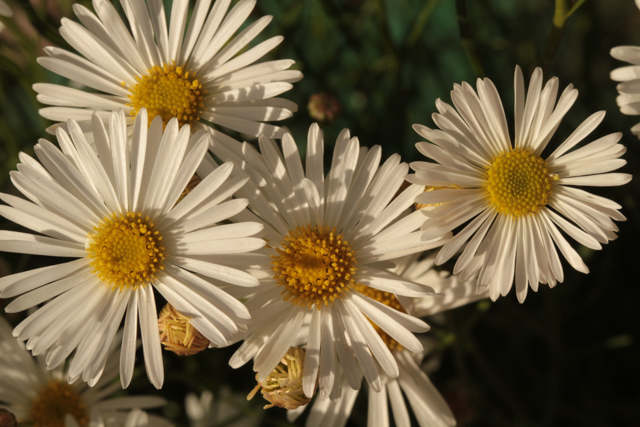
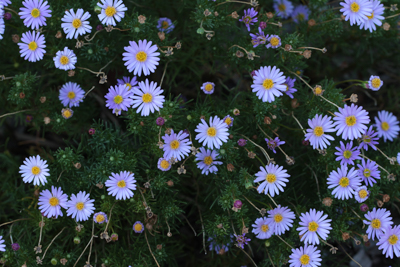
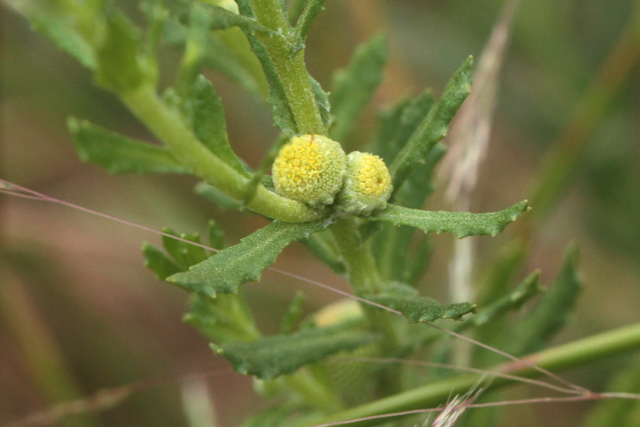
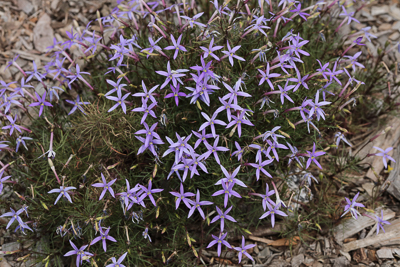
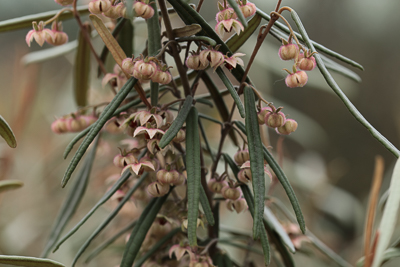
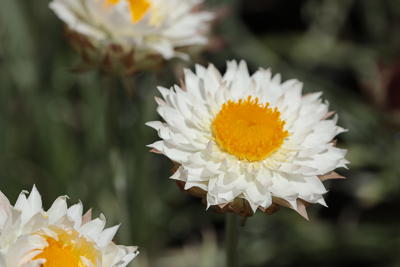
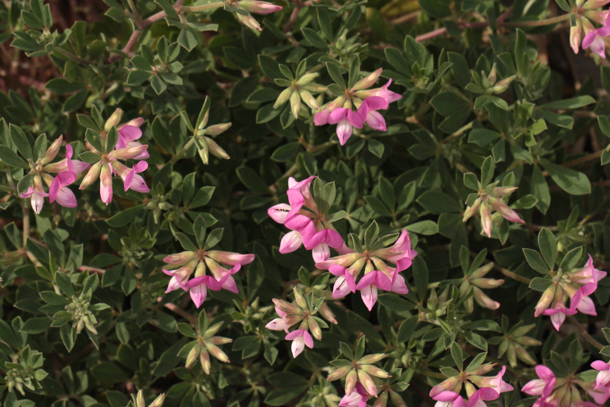
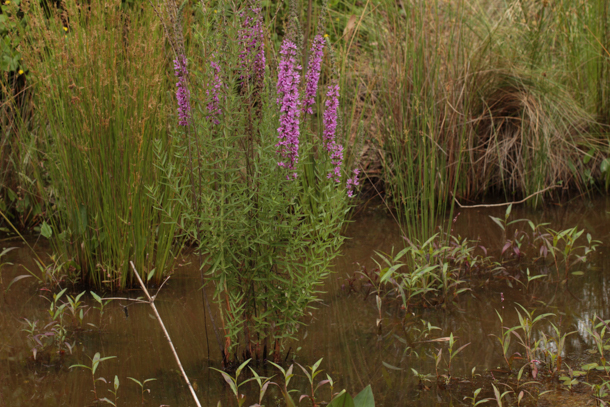
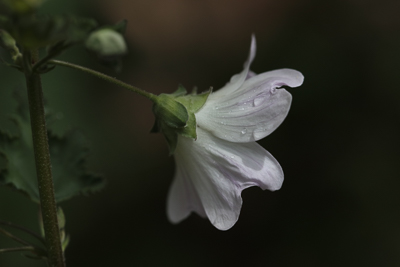
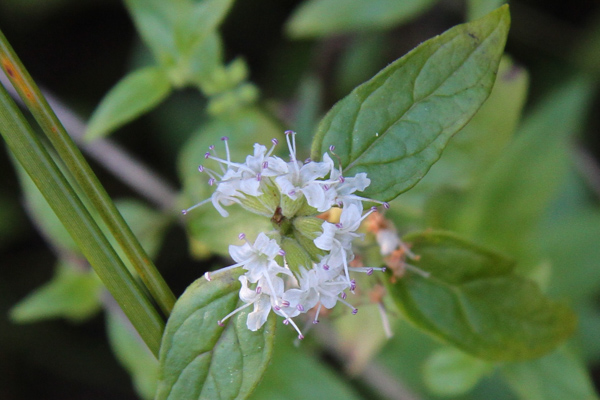
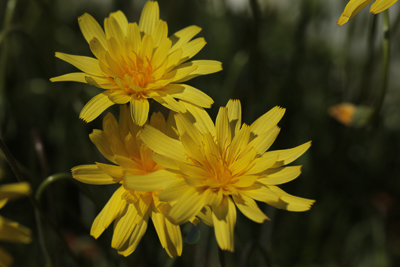
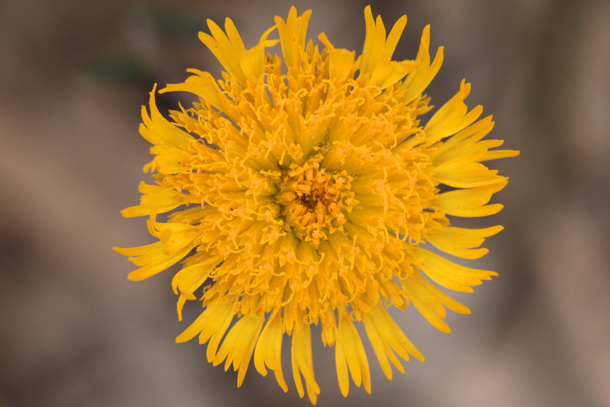
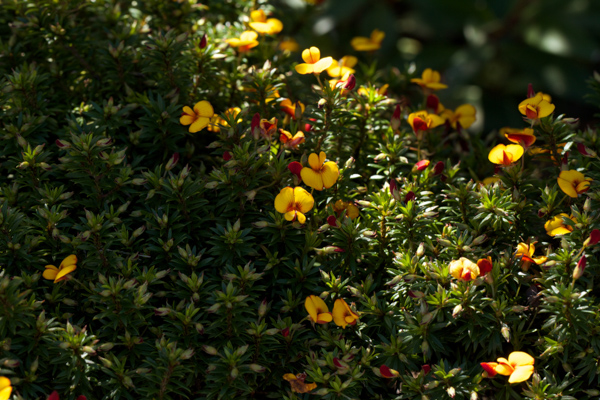
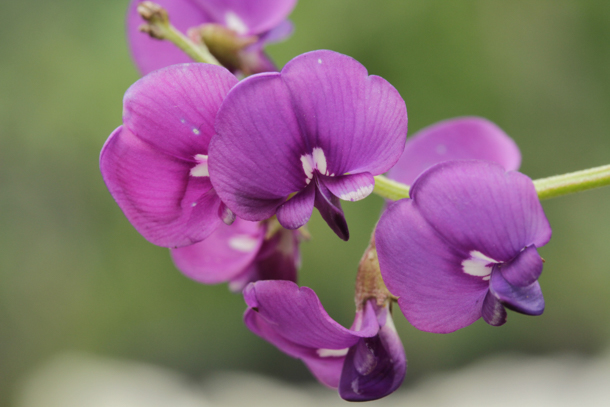
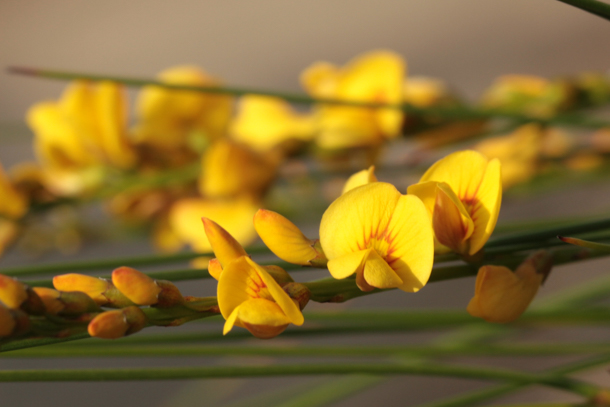
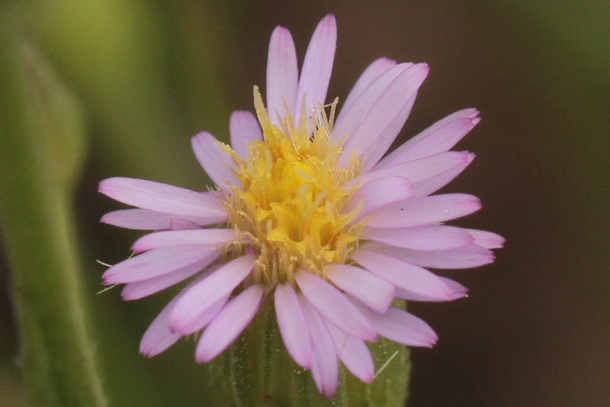
Jan 12 bird survey

A memorable survey. Common Sandpipers had long been expected, but this seems to be the first time the species has been recorded, in this case near the tug pier on the lower Yarra River. (There is a dead seal nearby on the riverbank.)
The female Musk Duck is also most unusual, although again one would expect this species to be present from time to time. No raptors and few New Holland Honeyeaters sighted, but Black-winged Stilts are back, and nesting, after an absence of some six months.
Dr Kylie Soanes at our AGM
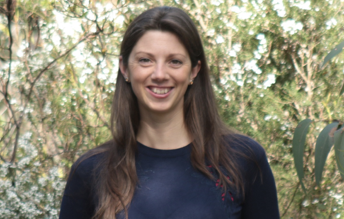
We had the great pleasure in hearing about the work of Dr Kylie Soanes who is an urban ecologist at the University of Melbourne in the School of Ecosystem and Forest Sciences.
She investigates creative and practical ways to conserve biodiversity in cities and towns, working with industry and government to develop a strong evidence base for urban conservation.
She speaks about her recent research on the state of urban biodiversity conservation in Australia, and details some current projects underway in Melbourne.
Well worth a listen!
Happy Christmas!
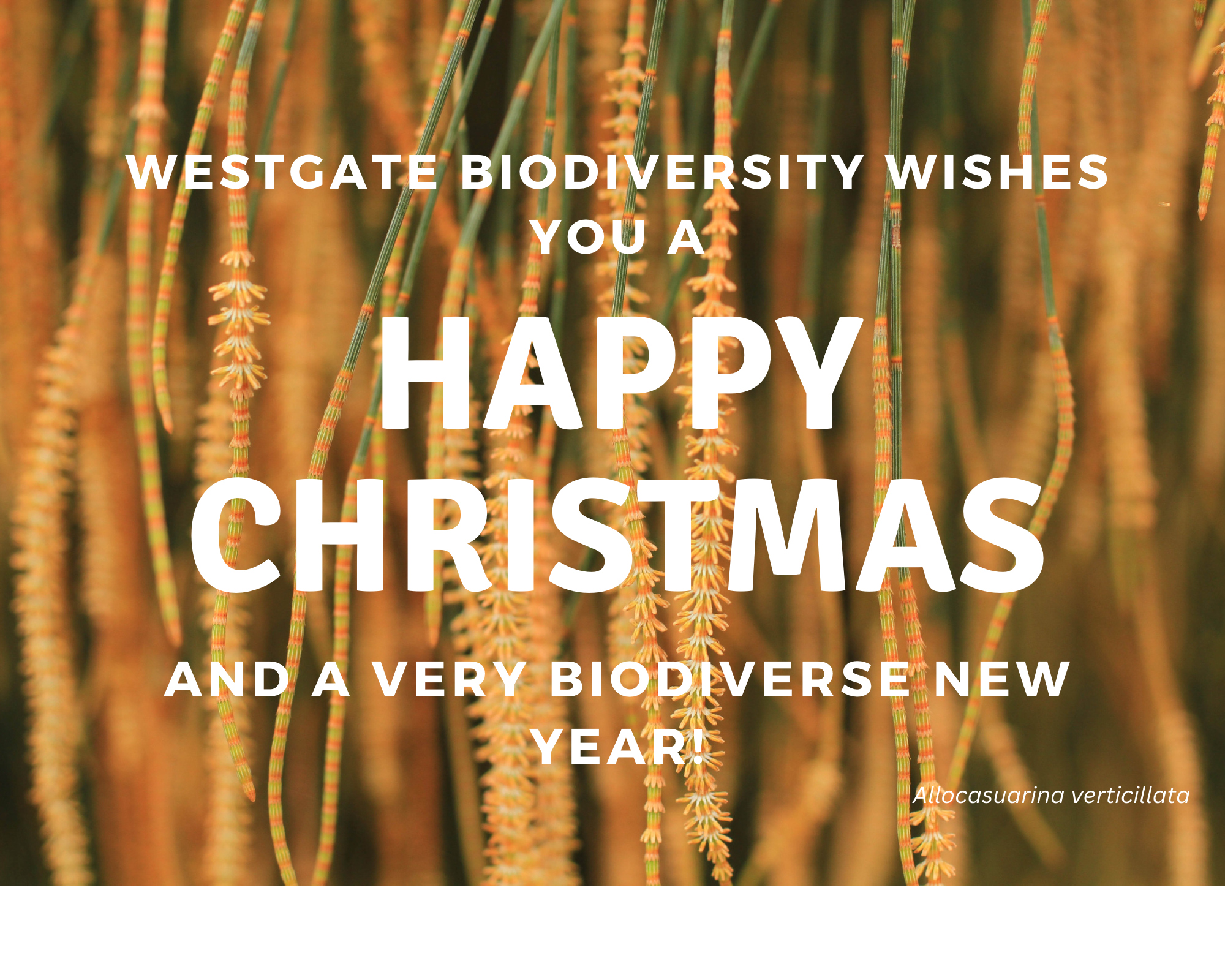
Bili Nursery, 525 Williamstown Road, Port Melbourne, will be open over the Christmas period – 9-4 weekdays, 10-3 Saturdays – closed public holidays.
We hope to see you there.
Dec 5 Bird survey

The survey was carried out on a bleak day and yielded a lower result than usual. However, it was very pleasing to see how much insect life there is, especially, currently, various dragonfly species. Water levels are higher than for over a decade, eliminating habitat for dotterels and stilts, for example.
Photos: Ursula Dutkiewicz
